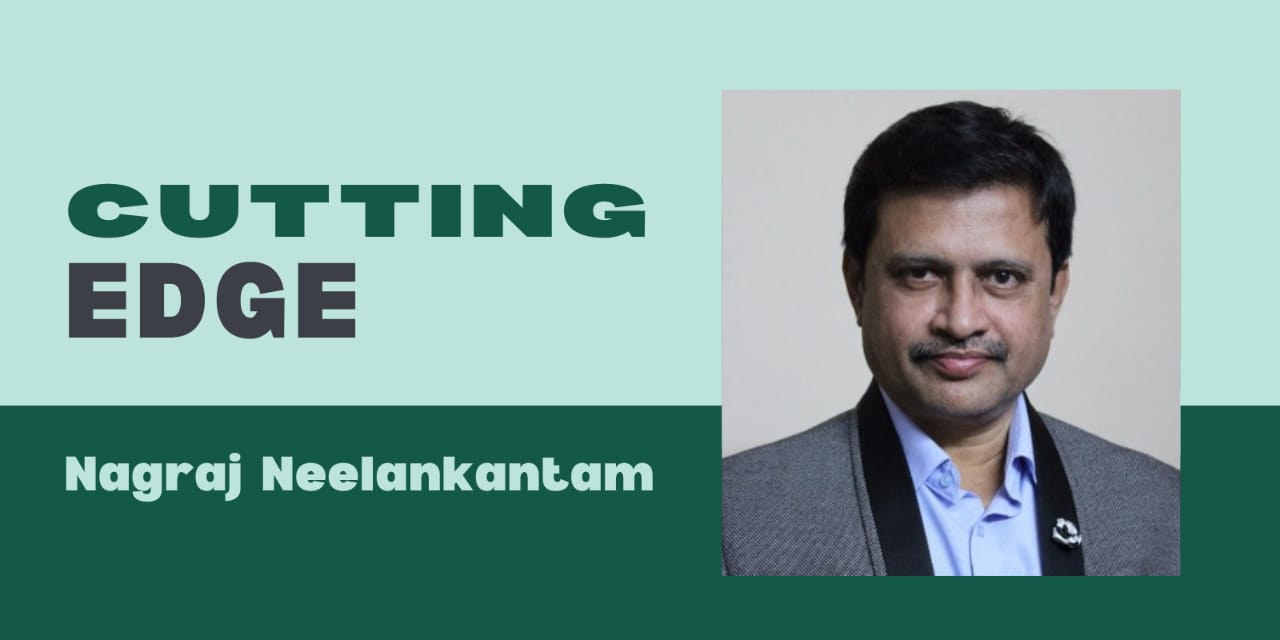A Window into Tensions and Turning Points in the Middle East and Beyond
The world stands on the precipice of a rapidly escalating crisis, where the restless tides of global politics threaten to burst their banks. As the Middle East simmers with tension, Israel’s abrupt blocking of forty-seven ships emerges as a stark symbol of rising conflict—and of the timeless struggle for control over lifeblood sea routes. In these charged moments, anticipation thickens the air, shadowed by the haunting question: Could a full-blown war erupt within seventy-two hours?
The unfolding maritime standoff has not gone unnoticed by the global community. In Europe, a wave of controversial cultural trends reflects deep socio-political undercurrents. The provocative celebration of Nathuram Godse and a parallel surge in Islamic cultural pride have ignited fierce debates—echoes of historical polarization now projected onto a tense modern stage. These movements expose both the fragility and tenacity of modern identities, revealing how history continues to shape emotion and ideology amid today’s uncertainties.
Against this volatile backdrop, India’s leaders have adopted firm, deliberate postures. External Affairs Minister S. Jaishankar and Defence Minister Rajnath Singh have been forthright in asserting India’s sovereignty and strategic autonomy—particularly in the context of its uneasy ties with Pakistan. Prime Minister Modi’s administration, meanwhile, subtly weaves historical pride into national consciousness, introducing symbols such as Bharat Mata on currency notes. While largely symbolic, such gestures signal a nation reaffirming its roots even as it positions itself astutely on the global stage.
Israel’s dramatic interception of incoming vessels, coupled with the rapid deployment of jet fighters and commandos, is more than a show of defense—it is a declaration of resolve. These swift, precise maneuvers underscore Israel’s readiness to face its adversaries head-on, even as NATO’s response remains muted. With the threat of imprisonment for activists and confiscation of ships, Israel is asserting its independence of action, driven by internal conviction rather than external approval.
Beyond these visible confrontations lies the invisible chessboard of diplomacy. Qatar’s appeal for U.S. security guarantees shifts the regional dynamics, exposing the intricate web of dependencies that binds nations across the Gulf. Hamas, meanwhile, finds itself torn between the lure of reconstruction and the fear of annihilation—a reflection of the broader dilemma faced by actors oscillating between resistance and survival. Beneath it all runs the same thread: a desperate search for security amid chaos.

Yet the greater danger may emanate not from the seas, but from the nuclear ambitions simmering on land. Reports that Iran has attained nuclear capability have prompted Israel to contemplate decisive—perhaps even preemptive—action. In response, the United States has dispatched aircraft carriers to the Mediterranean, a stern signal of deterrence. The region, once again, becomes a stage for military, diplomatic, and psychological brinkmanship.
The tremors of this crisis are not confined to geopolitics. They ripple outward into global trade and everyday livelihoods. American soybean farmers, caught in the crosscurrents of disrupted commerce, now feel the economic aftershocks. As the Trump administration offers India lower tariffs to absorb the surplus, the world witnesses the intricate interplay between economics and strategy—each shaping the other in subtle but consequential ways.
Through it all, India stands at a delicate crossroads, balancing its ties with both China and Russia while navigating the crosswinds of global realignment. China, mindful of its own internal strains, tentatively extends olive branches; India, wary but measured, watches how Russia’s shifting fortunes could redefine NATO’s leverage. It is a dance of diplomacy that demands both restraint and foresight.
As the clock ticks down toward a possible conflict, the image of those forty-seven stranded ships becomes a haunting metaphor—for nations in transition, for humanity poised between confrontation and cooperation. Despite the turbulence, one lesson endures: only resilience, dialogue, and a wise reconciliation of tradition with progress can steer the world through these stormy waters. In this convergence of crisis and opportunity, nations must summon not just strength, but wisdom—charting a course toward survival, stability, and perhaps, shared renewal.




